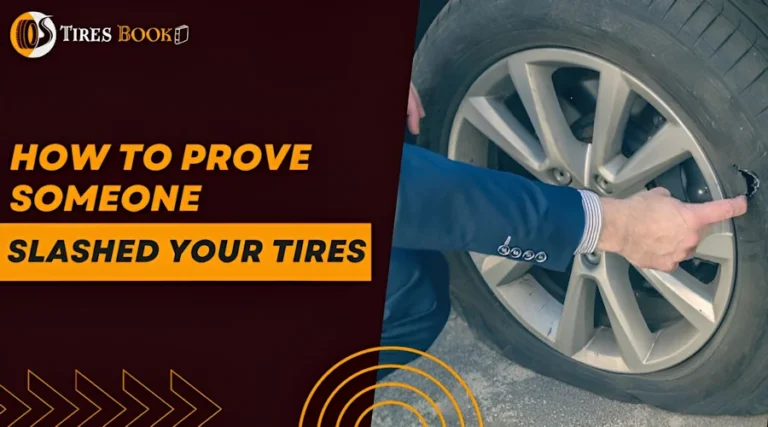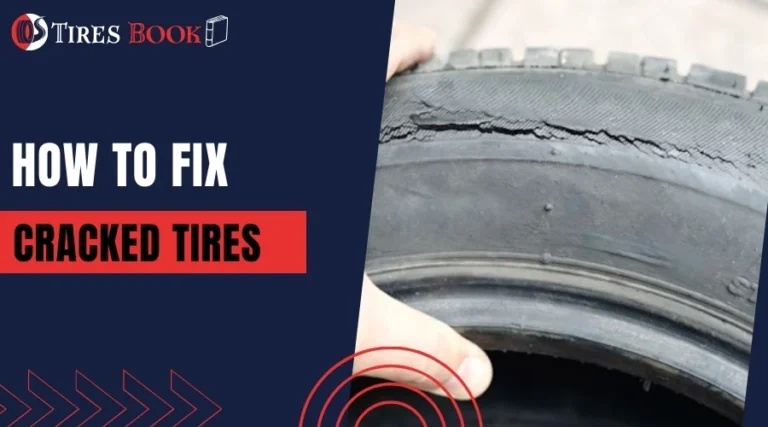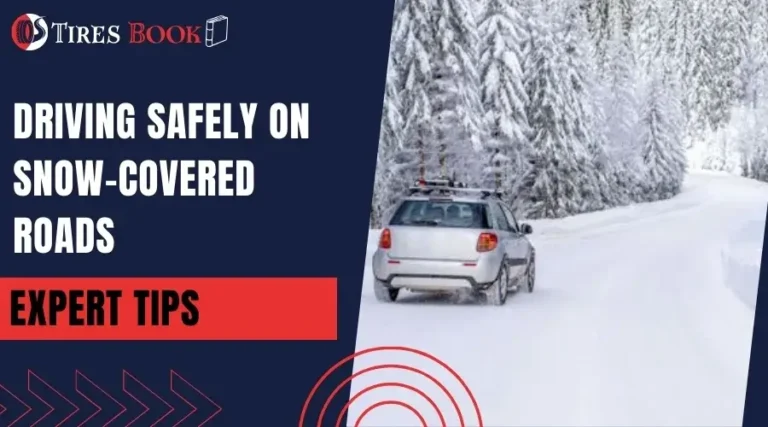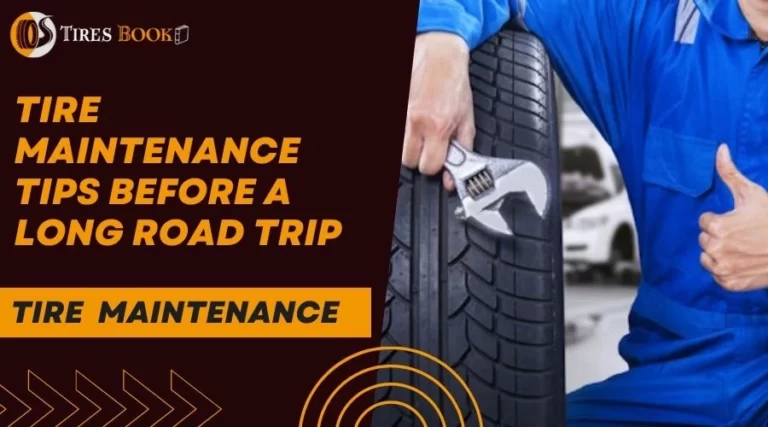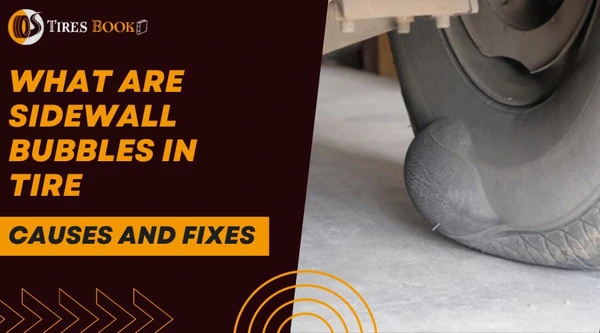Run-flat tires (RFT) support a vehicle’s weight even after losing air pressure. They allow drivers to continue without immediate roadside assistance or a spare tire. Run-flat tires have emerged as an alternative to traditional tires. They provide a safer and more convenient option for dealing with flat tires.
Several auto manufacturers now often include these innovative tires as standard equipment on new vehicles. By doing so, they can find a repair shop while reducing the risk of collisions and injuries.
Michelin first developed run-flat tires in the 1930s and initially introduced them for military vehicles only. It first introduced RFTs to the general public in the 1980s. Today, manufacturers like BMW and Mercedes-Benz equip select models with these innovative tires as a convenient alternative to spare tires.
In this article, we’ll explore what run-flat tires are and how they work to keep you on the road. It is also important to consider the pros and cons of using run-flat tires to ensure safety and optimal performance on the road.
Table of Contents
What Are Run Flat Tires?
Run-flat tires are a special type of tire that keeps you driving even after a puncture. They maintain support and control, allowing you to reach a safe location or repair shop without needing an immediate tire change.
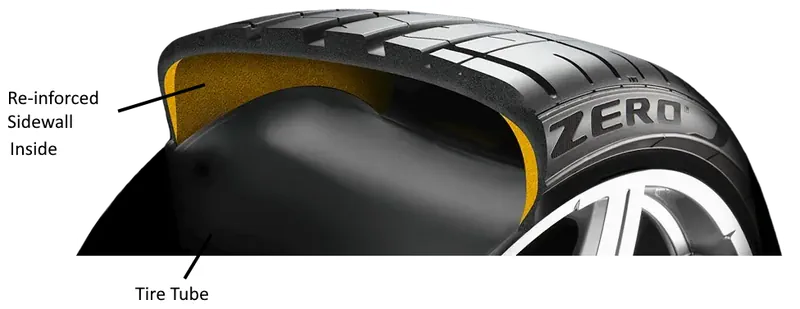
The key difference between traditional and run-flat tires lies in their internal structure. Run-flat tires possess reinforced material in the sidewalls or a supporting ring at the center of the tire. In contrast, traditional tires lack this feature and are not drivable when deflated.
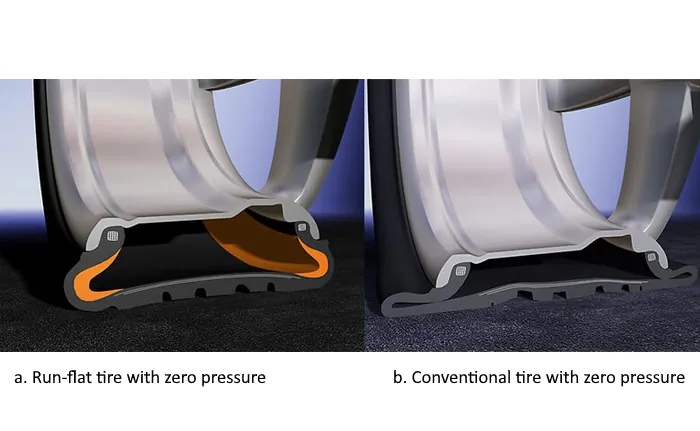
How Do Run Flat Tires Function?
The air inside a tire is responsible for supporting the vehicle’s weight. When traditional tires lose pressure due to a puncture, they go flat. While run-flat tires use reinforced sidewalls or a supporting ring to maintain vehicle support after a puncture. This design enables them to carry a vehicle’s weight and prevent the tire from going flat [1].
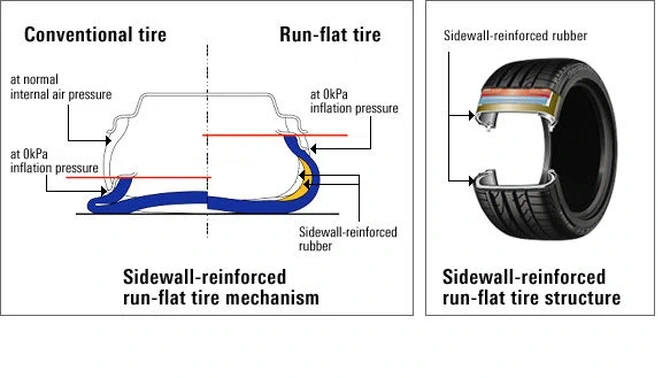
Run-flat tires only work in conjunction with a Tire Pressure Monitoring System (TPMS). TPMS monitors and alerts the driver of any significant changes in tire pressure. It is essential because run-flat tires don’t visibly deflate after a puncture, which can make it challenging for drivers to identify a puncture.
With TPMS, drivers receive timely alerts about pressure loss. They can then seek repairs before exceeding the run-flat tire’s limited safe driving distance.
Pro Tip: Run-flat tires can generally travel around 50 miles (80 km) after a puncture at a recommended speed of 50 mph (80 km/h). Whenever your TPMS alerts you of a sudden pressure loss, immediately reduce the speed to below 50 mph. However, consult your specific tire’s guidelines for accurate information.
Advantages of Run Flat Tires
- Convenience in emergencies: Run-flat tires eliminate the need for immediate tire changes in high-traffic areas, severe weather conditions like extreme cold or heat, and heavy rain. They also protect against unforeseen events like a bullet strike, allowing drivers to maintain control and find a safe location.
- Enhanced handling and control: Compared to conventional tires, run-flat tires provide better handling and stability even when they lose all air.
- No spare tire required: Run-flat tires remove the need for a spare tire, reducing vehicle load and freeing up valuable trunk space for other belongings.
- Improved safety: By minimizing the risk of accidents caused by sudden tire deflation, run-flat tires contribute to overall road safety.
- Peace of mind: Drivers can feel more confident on the road, knowing a flat tire won’t leave them stranded. They can safely drive to a repair shop in case of a puncture.
Do you know? Vehicle manufacturers don’t provide spare tires if they equip the vehicle with run-flat tires?
Disadvantages of Run-Flat Tires
- Compatibility: You cannot pair Run-flat tires with traditional tires. They have distinct handling properties. Run-flat tires are more rigid due to reinforced sidewall while traditional tires feature more flexible sidewalls. Also, both have different wear rates. Mixing the two types can result in uneven handling, performance, and wear.
- Driving experience: The stiffer sidewall may result in a less comfortable ride, increased rolling resistance, and slightly higher fuel consumption.
- Non-repairable: In most cases, run-flat tires cannot be repaired after a puncture, necessitating a full replacement.
- Cost: Run-flat tires are generally more expensive than conventional tires, which can lead to higher maintenance costs.
- Limited availability: Not all tire shops stock run-flat tires, making it challenging to find replacements.
Stiffer sidewalls and noisy rides are the real issues that the users of run-flat tires face. However, as technology advances, tire manufacturers are focusing on improving user experience and minimizing the drawbacks of run-flat tires.
Bridgestone claims that its new DriveGuard Plus run-flat tire provides greater comfort and reduced noise levels. By addressing user concerns, they now offer an improved version of these tires that aims to enhance overall satisfaction.
Types of Run-Flat Tires
There are two primary types of run-flat tires, each with its own mechanism for maintaining working after a puncture:
Self-Supporting Run-flat Tires
Self-supporting run-flat tires have reinforced sidewalls that can support the vehicle after a puncture. The thickened sidewalls prevent the tire from collapsing when air pressure is lost. This design permits the driver to cover a limited distance at a slower speed.
Supporting Ring System Run-Flat Tires
Supporting Ring System run-flat tires consist of a heavy-duty supporting ring made of rubber or steel attached to the center of the wheel. This design is commonly used in military armored and special vehicles for high-level officials.
These tires boast the ability to carry heavier loads and travel greater distances after a puncture. Additionally, they can maintain higher speeds compared to self-supporting run-flat tires. However, they require a unique wheel design, which means one cannot use standard tires on the same wheels.
What Are Self-Sealing Tires
Self-sealing tires, while not a type of run-flat tire, serve a similar purpose after a puncture. They have a layer of sealant inside the tire that fills punctures upon the removal of a nail or sharp object.
These tires are effective for punctures up to 5 millimeters in size. They provide a convenient solution for minor tire damage and eliminate the need for immediate repair or replacement.
How Many Miles Do Run-Flat Tires Last
Tires equipped with run-flat technology have a lifespan similar to regular tires i.e. 50,000 to 60,000 miles. However, factors like road conditions, driving habits, tire maintenance, and air pressure levels can significantly reduce their tread life. Moreover, if you drive a run-flat tire up to 50 miles when it is punctured, there is a possibility that it gets permanent damage and needs a replacement.
Pro Tip: In countries like Canada and Russia, highways can stretch for hundreds of miles without populated areas or repair shops. In such cases, run-flat tires alone may be insufficient. In such situations, we highly recommend carrying a spare tire for added security and peace of mind.
Conclusion: Do You Really Need Run-Flat Tires?
Run-flat tires are for those who are extra-cautious and want ultimate safety in their lives. But they may not be ideal for those who prioritize comfort, noise reduction, and fuel economy.
Run-flat tires can be particularly beneficial for drivers who may find changing a tire challenging. They also provide an advantage for those frequently traveling in remote areas. Ultimately, the choice depends on individual preferences and driving habits.

